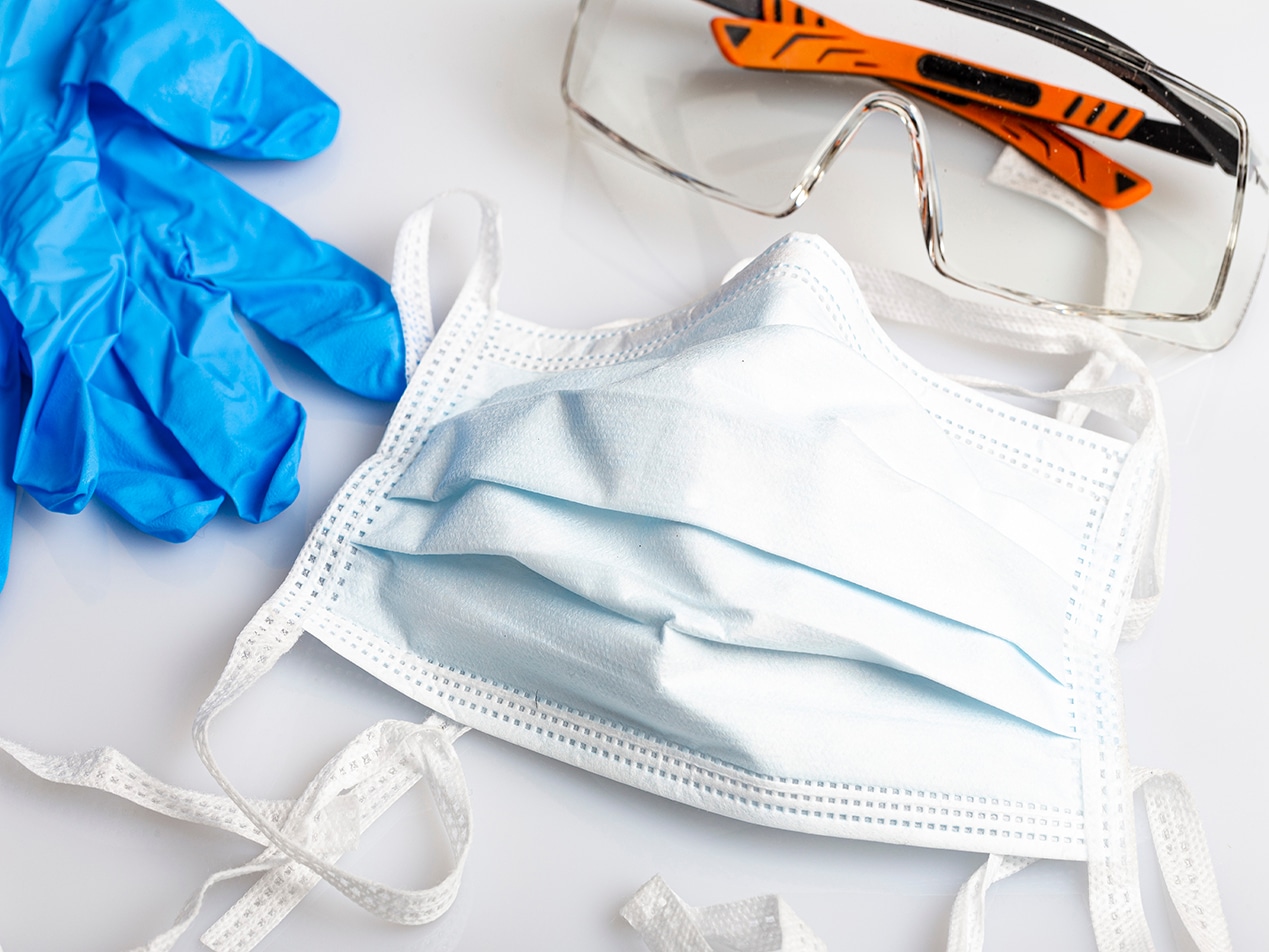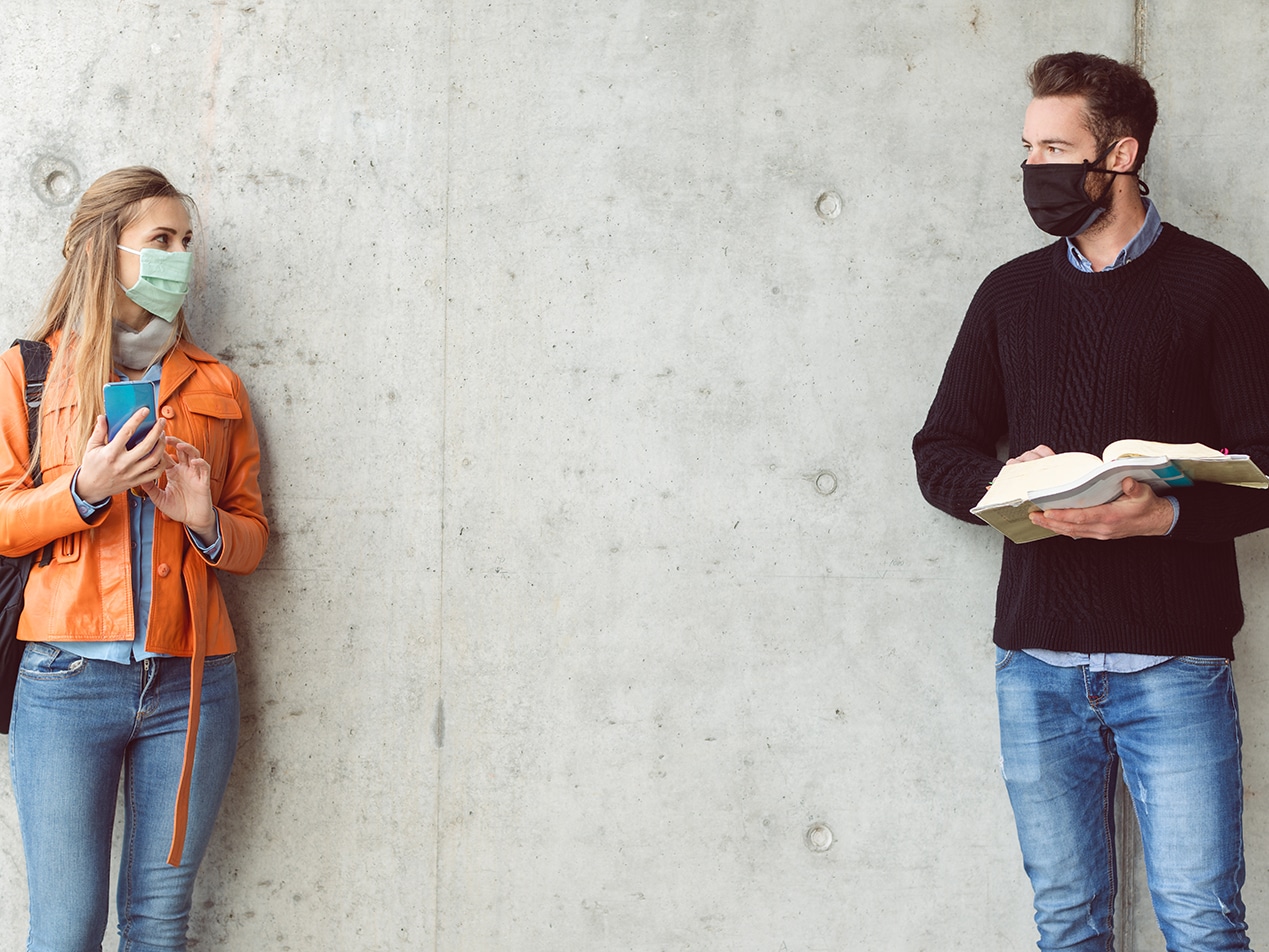2 min read

Personal protective equipment, or PPE, is specialized equipment that safeguards an individual, either the wearer or those around the wearer, from injury. While PPE is a term found within many industries, such as construction, it is most commonly linked to healthcare.
Healthcare PPE
PPE in healthcare protects an individual from an infection or illness by acting as a barrier to transmittable materials such as viruses and bacteria. Such protective gear is necessary around certain diseases for healthcare workers, people with high health risks, and even the general public during health crises. In fact, the Center for Disease Control, who recommends PPE safe practices for U.S. residents, advises that all “blood and body fluid . . . could be infectious.” PPE, typically single-use by a single person, can include:- Clothing, gowns, and aprons
- Helmets
- Gloves
- Face shields
- Goggles
- Face masks and/or respirators
- Other equipment designed to protect
The combination depends on the type of anticipated exposure and the transmittable material itself. For example, if a virus is airborne, healthcare personnel should wear face protection, medical gloves/gowns, head covers, and rubber boots. Finally, its effectiveness also pertains to proper removal and disposal practices. When used correctly, in combination with proper hygiene and administrative/practice controls, PPE can appropriately prevent contact with infectious agents, such as COVID-19.
PPE and COVID-19
The current crisis and protective measures regarding COVID-19 are in place because the virus spreads easily from person to person via close contact. Officials recommend that the general public practice social distancing to avoid infection. If this is not possible, particularly for frontline workers, proper hygiene, along with face masks, is required in most areas. Suitable PPE for healthcare professionals can include gloves, medical masks, respirators (N95 or FFP2 standard, or equivalent), eye protection, gowns, aprons, and boots or closed-toe work shoes. Unfortunately, the worldwide shortage of PPE had the World Health Organization recommend limited “rational use” of PPE, which means these measures will vary depending on needs and stock levels. Ultimately, the safety of our frontline workers is essential, as is ensuring that the public understands and follows current guidelines. For healthcare professionals, this means being a leader and sharing PPE guidelines; for the public, this means listening and following recommendations as much as possible.
Subscribe to Paubox Weekly
Every Friday we'll bring you the most important news from Paubox. Our aim is to make you smarter, faster.




